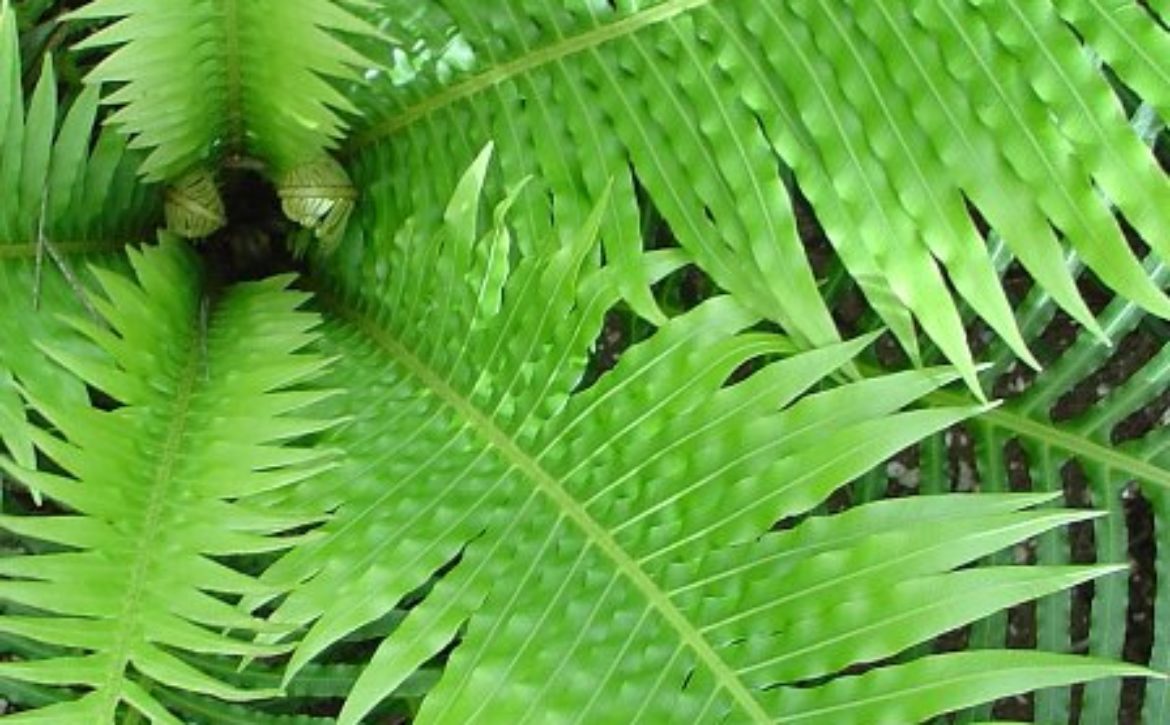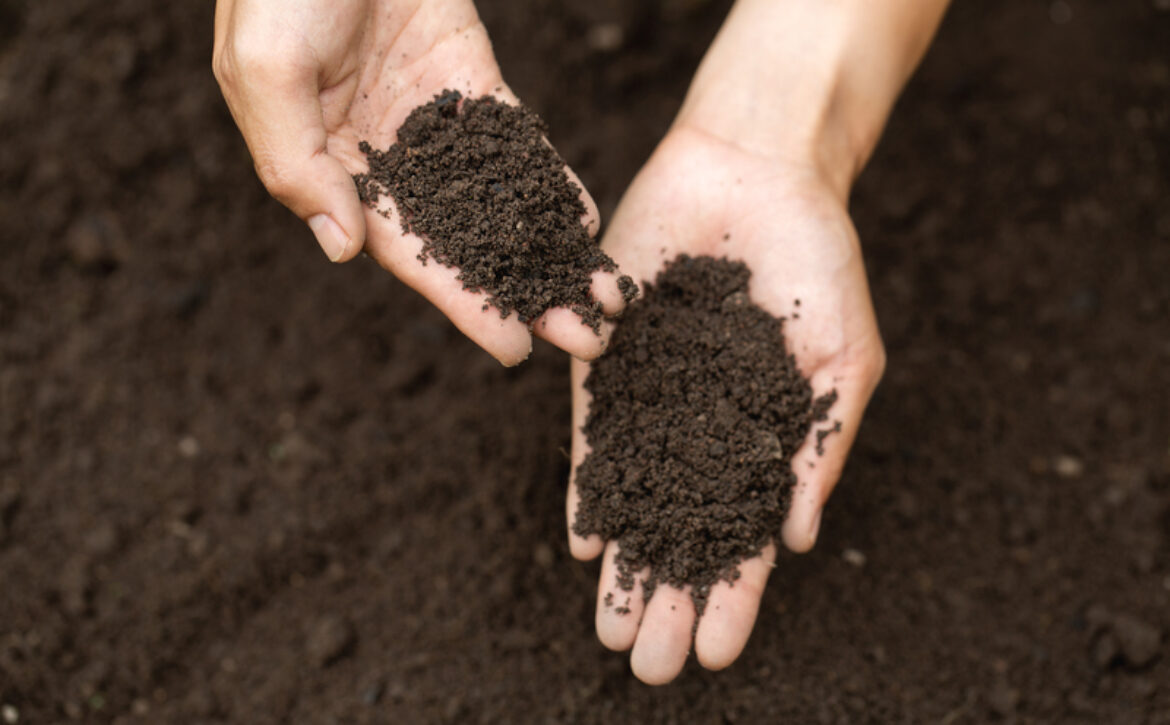Creating an Indoor Fairy Garden
Creating an Indoor Fairy Garden
If you love the magic of fairy gardening and want to replicate that magic indoors, it’s surprisingly easy.

(Happy Photos)
Indoor fairy gardens are a snap to create and equally easy to grow indoors, providing you use the right plants, give the gardens proper lighting and maintain them.
In the first in this series of growing magical miniature indoor fairy gardens, let’s talk about plant options.
Indoor Fairy Garden Plants
The type of plant you grow indoors for fairy gardens makes a big difference as to how well you’ll do with indoor fairy gardening. Keep in mind, also, that choosing plants that stay miniature is also important. If you grow plants that will soon outgrow the pot, you’re going to need to repot sooner than later.
When choosing your indoor fairy garden plants, look for plants that tend to stay small, such as Cuphea ‘La Chiquita’, pink polka dot plant (Hypoestes `Pink Splash’), mini succulents, such as various sedums, and herbs, like the many varieties of thyme, as well as rosemary. You can also go with baby palm trees, which will grow fairly slowly, but at some point will need to be replaced. The neanthe bella (parlor) palm is one good choice.




